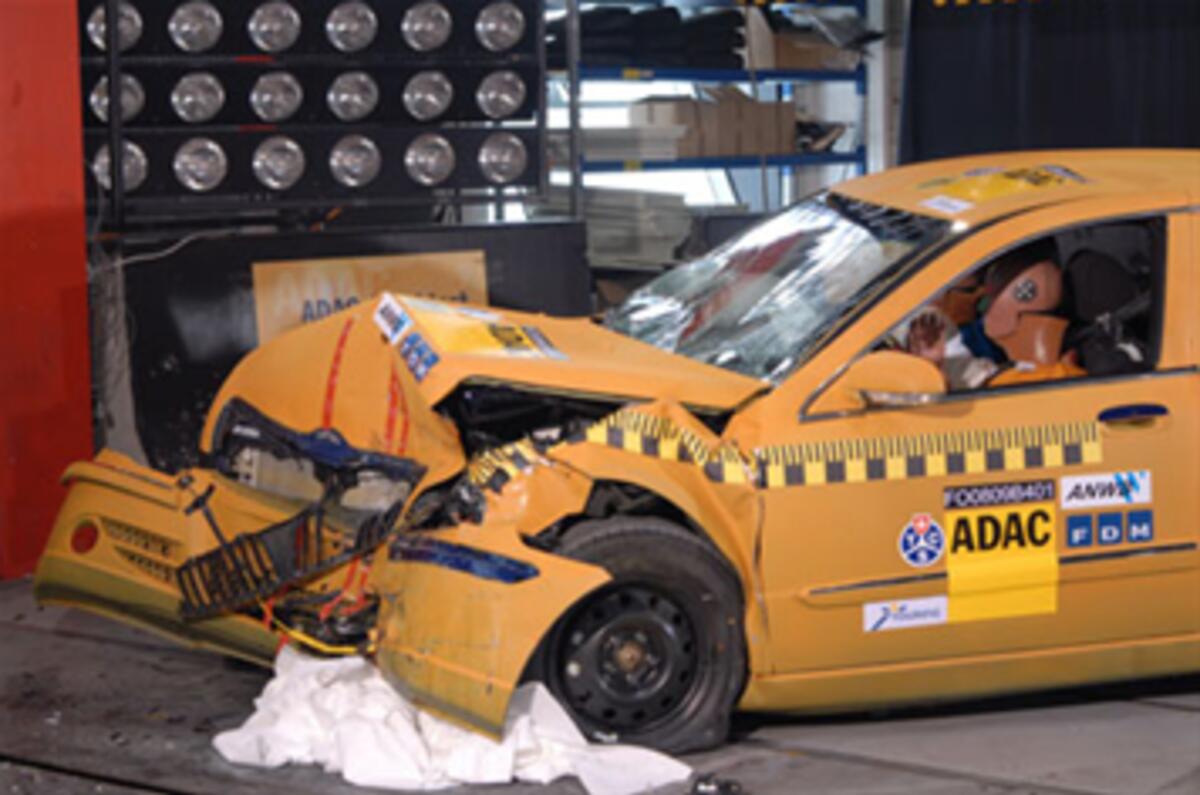US road safety regulator the NHTSA is set to introduce more stringent safety testing for the 2011 model year.
The new tests will make it more difficult for new cars sold in the US to earn a five-star safety rating and will make it easier for consumers to compare vehicles.
The new ratings given to cars will represent a combination of that vehicle’s results from frontal crash, side impact and rollover tests.
A completely new test has been introduced that simulates a single-vehicle impact with a telegraph pole or tree. The test will also include evaluations of electronic safety gadgets, such as collision warnings.
NHTSA says that the changes mean three-star rated vehicles will provide average or close to average injury protection. A total of 55 new 2011 vehicles, including 24 cars, will be tested. These include the BMW 5 Series, Volkswagen Jetta and Infiniti M.
It will not be possible to compare the new scores with those of the old system so the list is made up of both brand new models and older vehicles likely to be purchased in large numbers next year.
Transportation secretary Ray LaHood said: “This new testing program significantly raises the safety bar for all vehicle manufacturers and will provide consumers with a great deal more safety information about the cars and trucks they want to buy.”





Join the debate
Add your comment
Re: Tougher safety tests in US
I have invented a way to make small cars safer in collisions.
It will allow auto makers to make their cars lighter to help meet the new CAFE fuel economy rules.
It will also help auto makers meet the new NHTSA side impact into a pole test.
Electric vehicle range is very sensitive to vehicle weight, and my invention can enable substantial weight reduction. Less steel will be needed to protect passengers.
www.safersmallcars.com
The invention has been granted US patents 7,695,018 and 7,699,347.
The invention is free to use outside of the USA.
Please help me promote this invention that can save fuel and lives.
Re: Tougher safety tests in US
There is a side-impact test in ENCAP but that is different from a pole-test which in theory at least, concentrates the point of impact into a narrow vertical line. It would be a bit of a meaningless test in my opinion because unless you hit your chosen telephone pole at the same point along the car as the test, the resultant damage/injury profile will in no way reflect those seen in the test; unless they're going to perform a series of tests along the length of the car, that is.
Whilst not suggesting that structural integrity in impacts is of no value -quite the contrary- I think these tests are getting a bit over the top. How many more things can you test for without making the car into a tank?
Re: Tougher safety tests in US
Hasn't EuroNCAP had the pole-impact test for a while now? I know they recently introduced the safety assistance score, but it seems like it's the NHTSA who is aligning itself with NCAP. Saying that, though, I don't think we perform roll-over tests, do we? Those could be interesting.